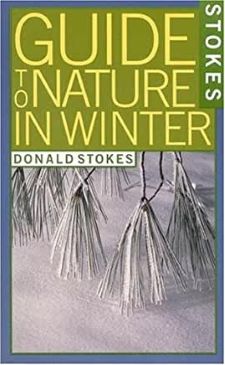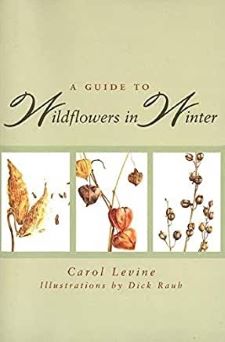The last time we looked at an herbaceous plant was at the end of August when the library’s jewelweed reached its floriferous peak. It’s high time to consider another wildflower! Yes, blossoms are in short supply right now, but the plants that create them can be very conspicuous, especially when there is snow on the ground. This first installment of “weeds in winter” spotlights common mullein.
It’s hard to miss a plant whose stalk can be over six feet tall. Here’s what it looks like in winter.
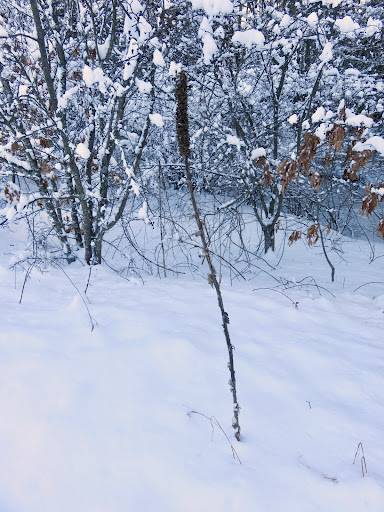
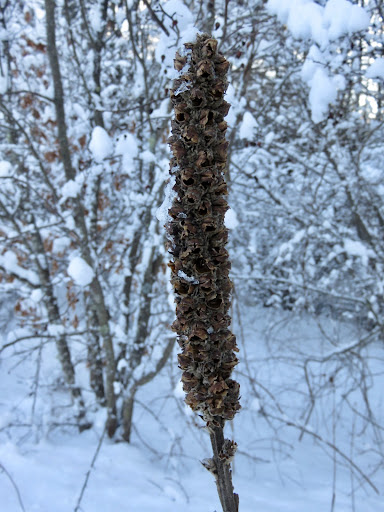
Common Mullein Stalk, February 10
The plant above completed its two-year life cycle during the previous fall. What remains is a sturdy stalk with remnants of seed capsules at the top. When the ground is clear of snow, you may also see young basal rosettes which overwinter in a dormant state.
By spring, these fuzzy rosettes attract our attention with their size and color. Their grayish-green oblong leaves can grow 12 inches or longer.
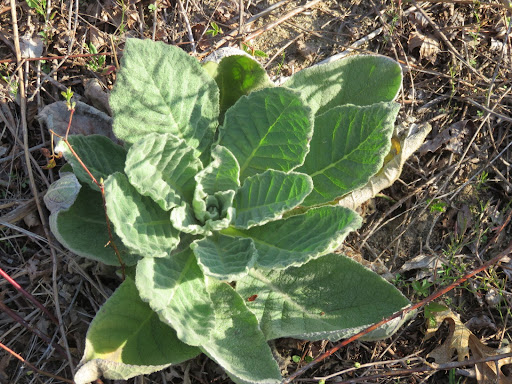
Basal Rosette, May 3
The entire plant is woolly. In Weeds and Wildflowers in Winter, Lauren Brown uses the adjective “flannelly” to describe mullein’s leaves. Their fuzzy edges catch the light in this closeup.
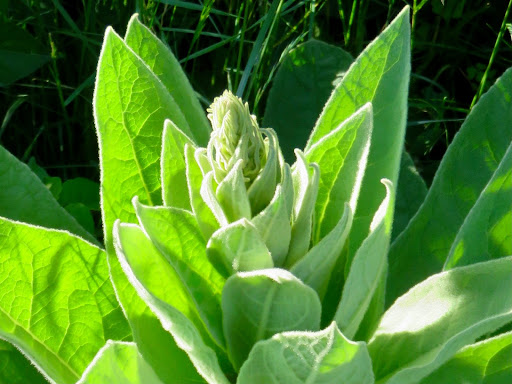
As the weather warms, growth is rapid. A stem arises from the rosette which bears smaller leaves and, ultimately, a spike of yellow flowers. Here’s the transformation of one plant near the library’s intermittent stream over the course of 24 days.
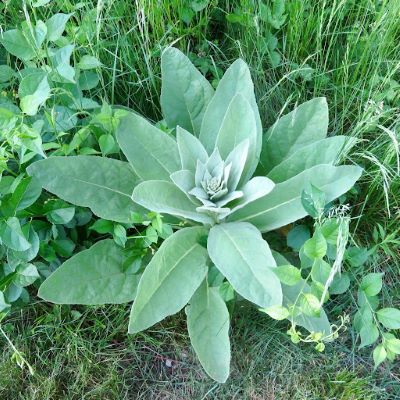
June 5
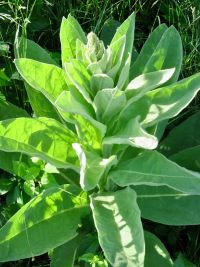
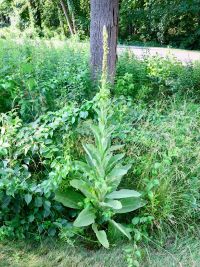 June 12
June 29
June 12
June 29
Flowers open, a few at a time, starting low on the stalk and moving upwards. This gradual flowering creates an extended blooming season, though individual blossoms last for just a day. Bumblebees and honeybees are important pollinators, and the plant can self pollinate as well.
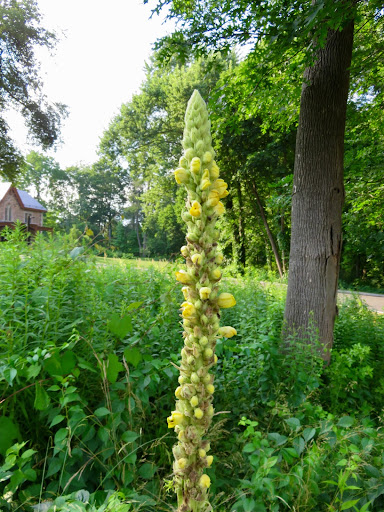
Mullein in bloom, late afternoon when most flowers are closed.
Fertilized flowers produce two-parted capsules that contain seeds -- lots of seeds. A Michigan study cited by the U.S. Forest Service concluded that a single mullein plant, on average, produces 100,000 seeds; other researchers in North Dakota tallied twice as many seeds from their plant specimens. Why so many? Let’s consider the species’ ecology.
Common mullein is a Eurasian plant that was introduced to the U.S. by early settlers, as a medicine and a fish poison, and has since naturalized in all 50 states. It grows in sunny areas with dry, gravelly soil, preferably on bare ground. Places that have been tilled or lumbered, roadsides, and waste areas are suitable habitats. In Summer Wildflowers of the Northeast, Carol Gracie sums up mullein’s habit: “. . . it grows almost exclusively in recently disturbed sites and rarely persists for more than a few years as natural succession proceeds.” By the time this biennial plant matures to produce its own seed, the ground below it may be colonized by other opportunistic plants -- and no longer bare. The new mullein seeds then wait for the next disturbance.
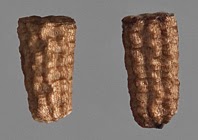
Common Mullein Seeds Resemble Corn Cobs
Photo by D. Walters & C. Southwick
They sometimes wait a long while. In A Sierra Club Naturalist’s Guide to Southern New England, Neil Jorgensen calls mullein the “Methuselah of viable seeded plants.” He cites a case in Denmark where “mullein plants sprouted from dirt from beneath the foundation of a medieval church after being buried there for at least 650 years.” The “strategy” of these seed survivors is to bide their time. Mullein has no method of seed dispersal, but the long-term viability of its seeds ensures its survival.
After flowering, the plant dies and assumes its winter form. Some seeds germinate and new basal rosettes grow their strong taproots.
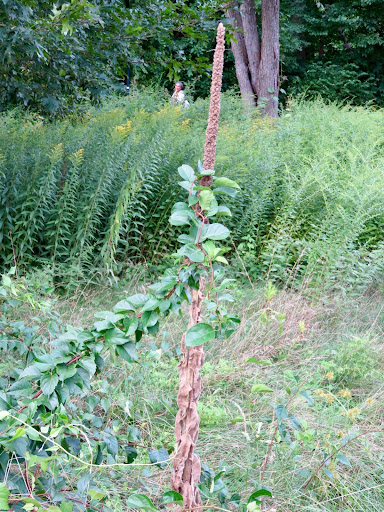
The best way to become acquainted with this species is to choose one basal rosette during winter or early spring, then watch it progress through its life cycle. Mullein’s pattern is similar to that of many biennial plants, including some of our most common “weeds.” Being able to recognize the winter forms of wildflowers will add another layer of pleasure to your walks.
At the Library
by Donald Stokes
Weeds and Wildflowers in Winter
by Lauren Brown
A Guide to Wildflowers in Winter: Herbaceous Plants of Northeastern North America
by Carol Levine and Dick Rauh
